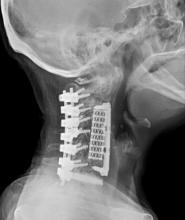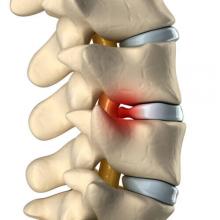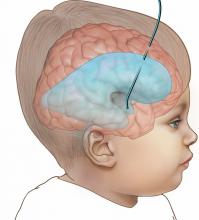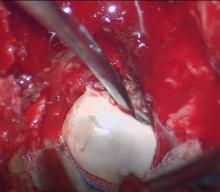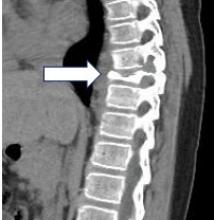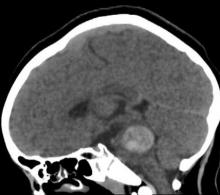Neurosurgical treatment of unstable cervical spine due to rheumatoid arthritis: case series
Rheumatoid arthritis (RA) is a systemic disease characterized by synovitis, which causes damage to the ligaments and joints. The cervical region is the region of the spine most affected, with neck pain the most frequent symptom. The three forms of presentation are atlantoaxial subluxation, cranial settlement, and subaxial subluxation. The clinical evolution of patients treated conservatively is poor, with surgery being a key element to prevent the progression of neurological deterioration.

